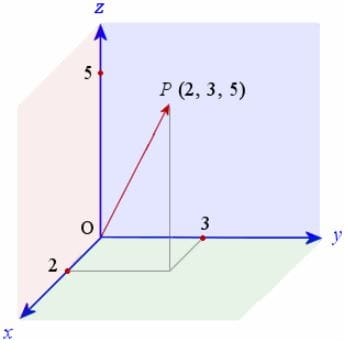Hugh Man
Mechanical
- Jun 7, 2018
- 6
Hi all,
I had a customer print come in recently with a surface profile callout that was very unusual for me and I wanted to run this by some people to see if this is allowed, or even makes sense to anyone else. I modeled up something simple to emulate the true parts datum structure and surface profile callout.
The part is centered on the axis of some ID, datum A. The rotation is controlled by B, and theoretical datum point C is the intersection of the axis with the top surface. I'm new with Fusion360 this is the best I could do to create that point. The surface profile controls the size and location of some features from apparent view detail A which is 60° from the top plane. I get that the perpendicular horizontal and vertical distances can be controlled relative to the axis and theo. point respectively from this view, I've just never seen a feature control frame that isn't looking normal to any of its datum controls.
Does this make sense to anyone else? Are there any examples you can share?
I had a customer print come in recently with a surface profile callout that was very unusual for me and I wanted to run this by some people to see if this is allowed, or even makes sense to anyone else. I modeled up something simple to emulate the true parts datum structure and surface profile callout.
The part is centered on the axis of some ID, datum A. The rotation is controlled by B, and theoretical datum point C is the intersection of the axis with the top surface. I'm new with Fusion360 this is the best I could do to create that point. The surface profile controls the size and location of some features from apparent view detail A which is 60° from the top plane. I get that the perpendicular horizontal and vertical distances can be controlled relative to the axis and theo. point respectively from this view, I've just never seen a feature control frame that isn't looking normal to any of its datum controls.
Does this make sense to anyone else? Are there any examples you can share?


